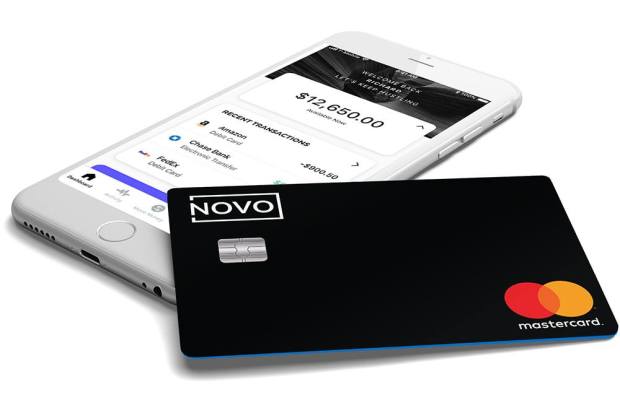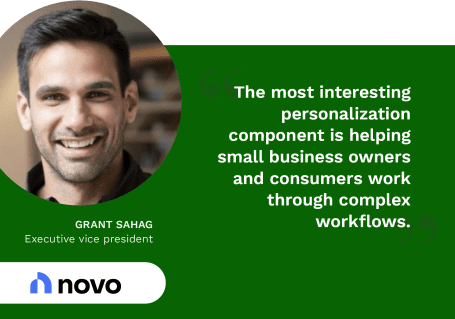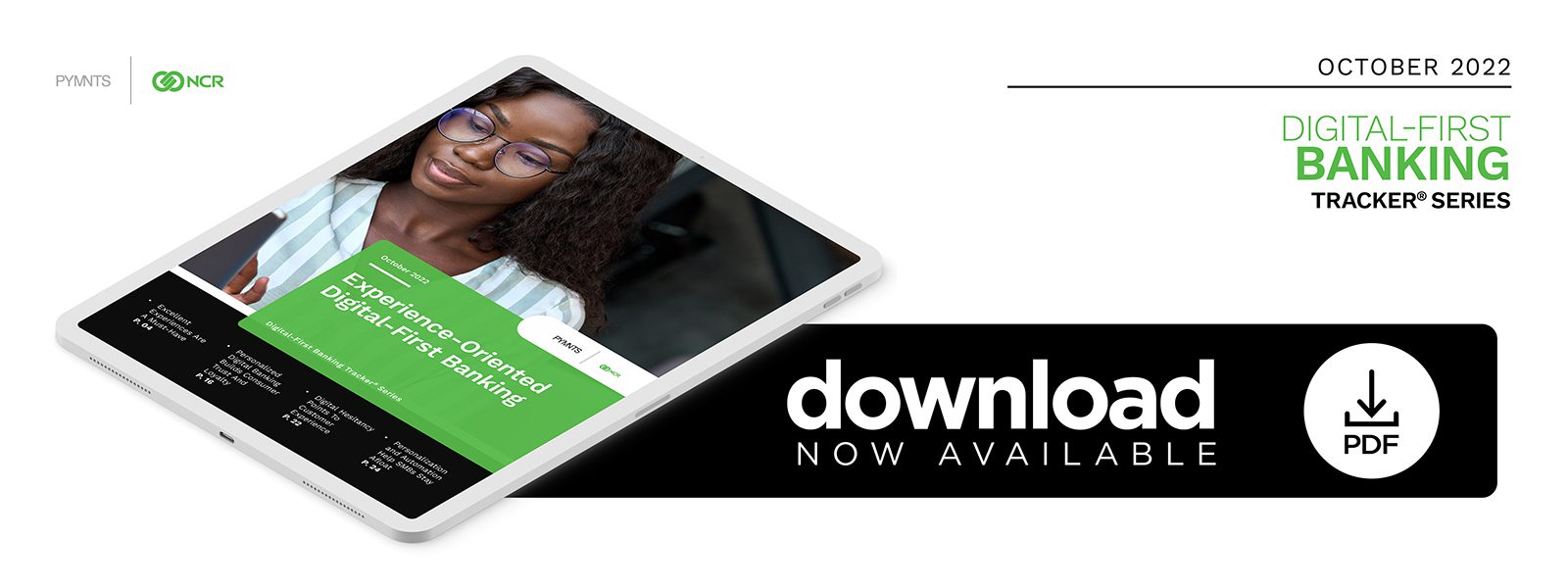Keeping Small Businesses Afloat With Personalization and Automation

With 80% of Gen Z consumers now eager to complete complicated banking tasks such as loan applications online, the race to win these digital-only customers is just beginning. In the “Digital-First Banking Tracker®”, Novo’s Grant Sahag tells PYMNTS how important personalization and automation are in gaining the trust of SMBs and individuals.
An interview with Grant Sahag, executive vice president at Novo, about how personalization and automation tools help keep the smallest businesses competitive
—
Enabling small businesses to thrive
Small businesses have always faced unique challenges, but now these players need automated notifications, instant access to dashboards displaying their financial data and transactions and the ability to make payments in real time. Not having these options could mean going out of business. These organizations typically lack IT or accounting specialists, often relying on one person’s grit to perform administrative tasks such as paying bills day to day.
Not having these options could mean going out of business. These organizations typically lack IT or accounting specialists, often relying on one person’s grit to perform administrative tasks such as paying bills day to day.
“[Small businesses] are essentially living paycheck to paycheck,” said Grant Sahag, executive vice president at Novo, a banking platform geared toward small businesses with three or fewer employees. “The bills that these folks are trying to pay are not just vendors; they’re trying to pay their electricity bills.”
Using a predictive financial tool that provides both automated functions and personalized insights can sometimes mean the difference between life and death for these small firms.
Keeping the cash flowing
A decade ago, these kinds of tools were not available for small businesses or individuals trying to personalize their banking, but they have become game-changers, Sahag said. Such tools learn the habits and identity of each user and begin to anticipate their actions, speeding up transactions and simplifying processes. This technology also allows customers to create dashboards that grant them better visibility into the business’s cash flow and allow them to automate transfers and payments.
Eliminating barriers to personalization
Both banks and FinTechs face hurdles to personalization, said Sahag, noting that most traditional banks have invested fewer resources into this imperative than their more agile, tech-centric competitors.
“[Legacy banks] are serving a very wide market. Even if they wanted to provide a personalized experience, the amount of time it takes is a barrier to entry. And in the end, it is really a data problem,” said Sahag.
Additionally, the walled-garden model that many FIs use creates a barrier, while FinTechs and neobanks that use an open banking system tend to have access to better, more up-to-date data and application programming interfaces that enable personalized, digital-centric experiences for their customers.
Providing the tools for personalization
If major banks fail to provide these tools, customers will find alternative ways to access the functionalities that personalization offers.
“That is why [these tools] have been so disruptive [to the banking market],” Sahag explained. “And that disruption feels [to customers] like getting a more personalized experience.”
Sahag said these tools help ensure that companies of any size can manage complex flows of currency and cut down on additional administrative steps. Best of all, the tools help maintain small businesses that otherwise might not be able to manage their finances.
“One customer said, ‘You’ve allowed me to sleep easier at night because I can pay my bills,’” said Sahag.

